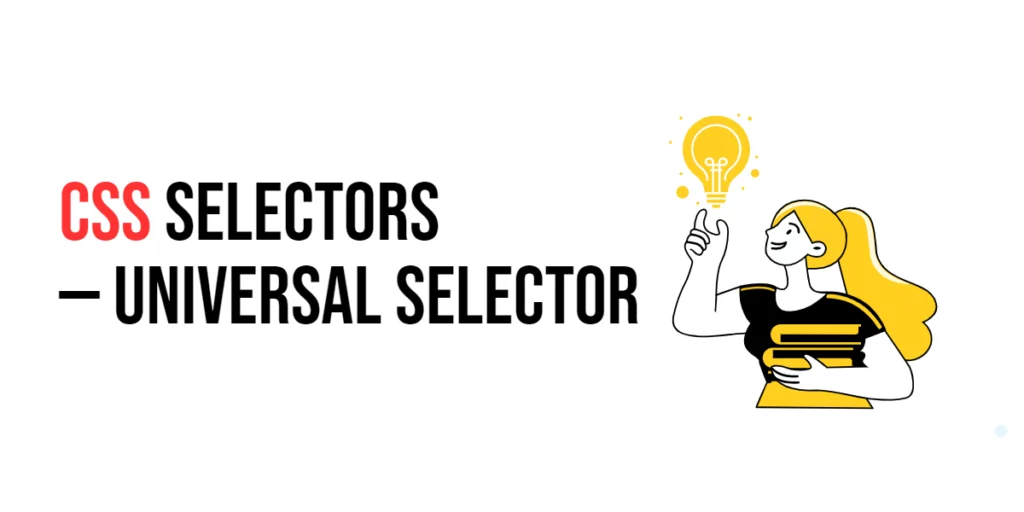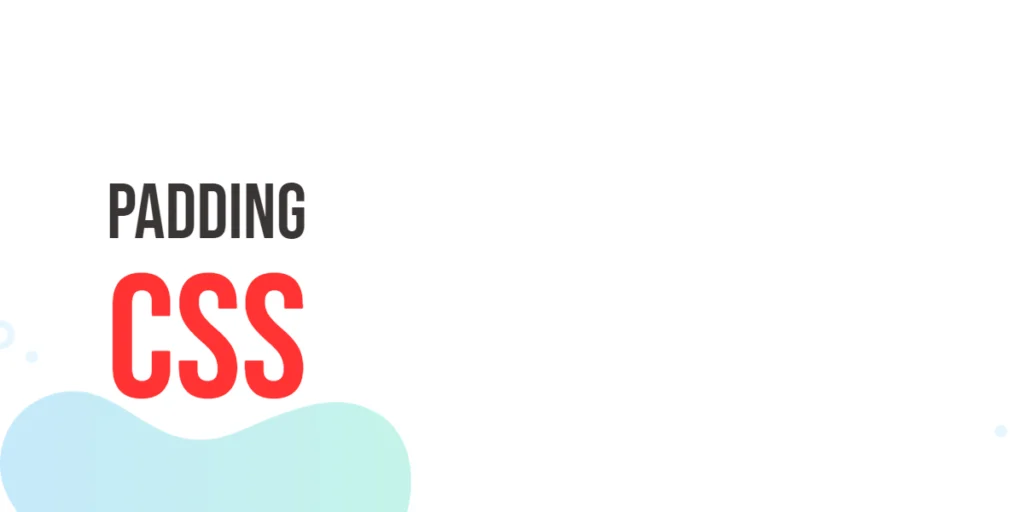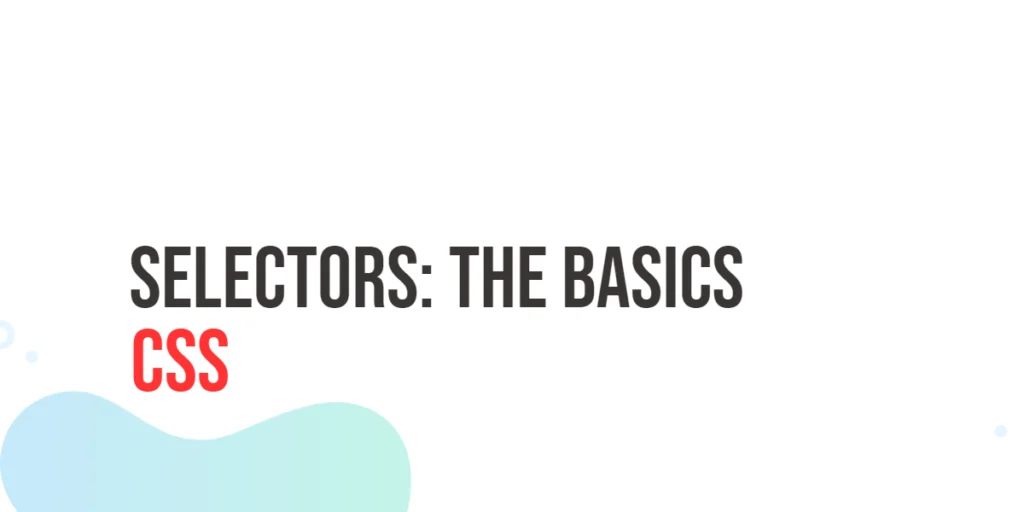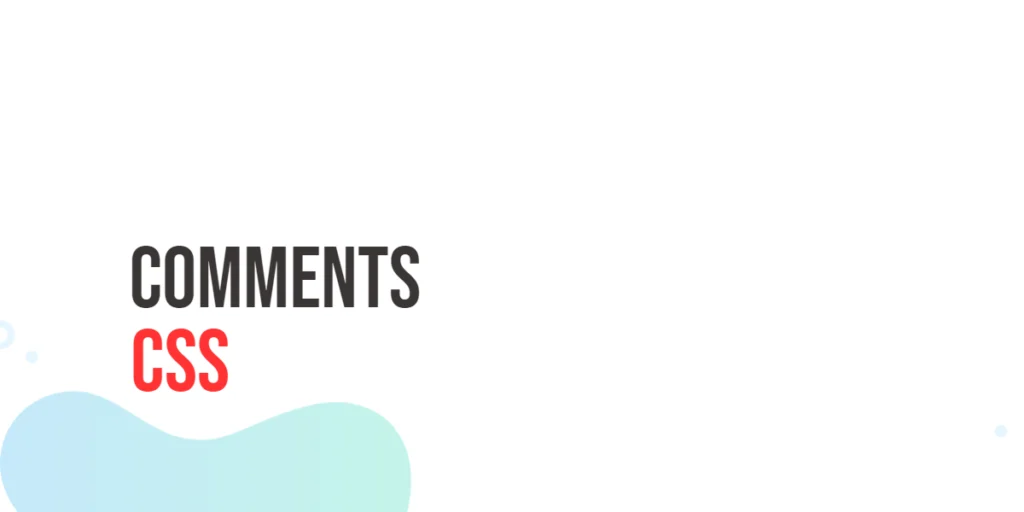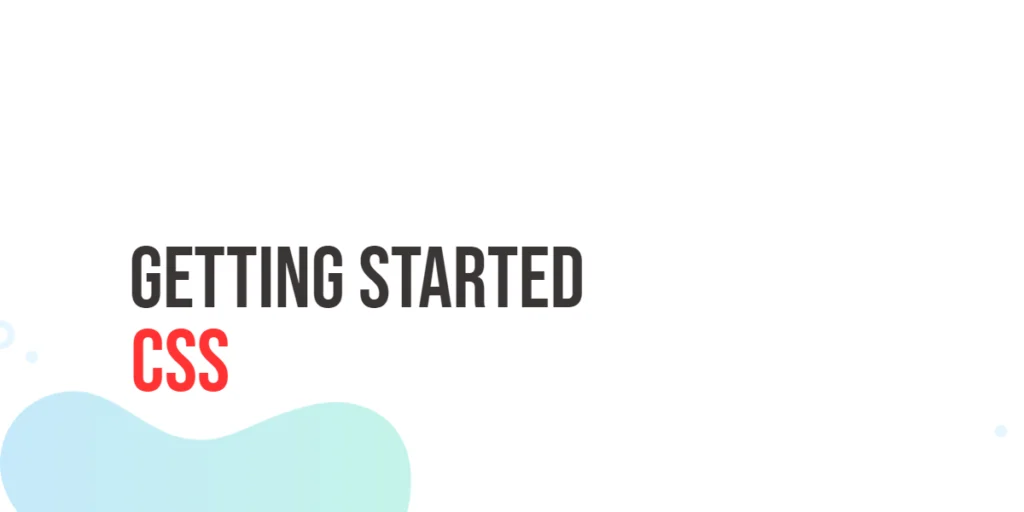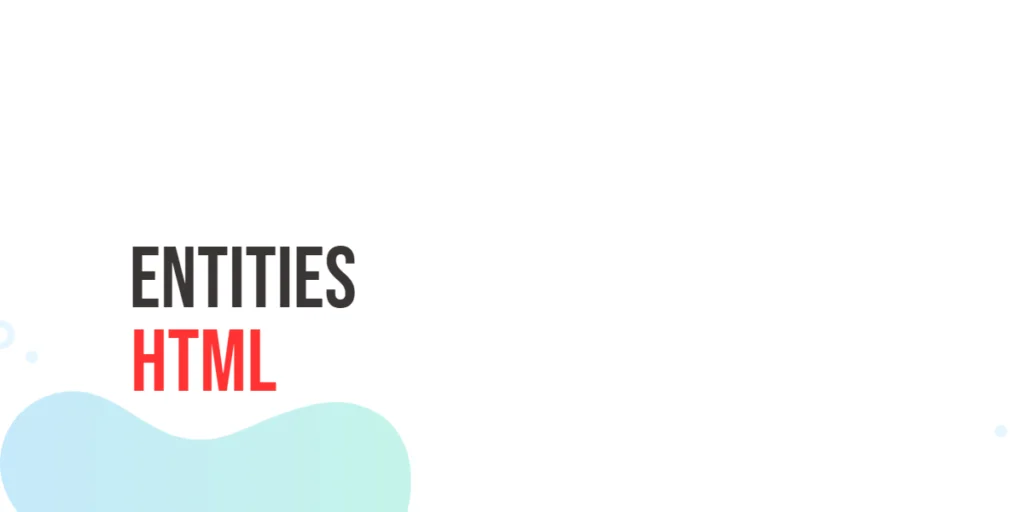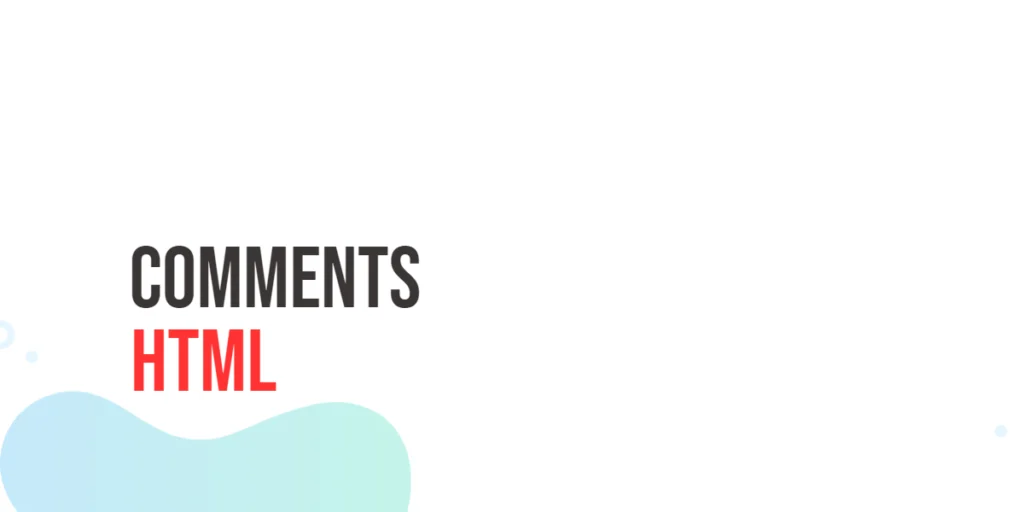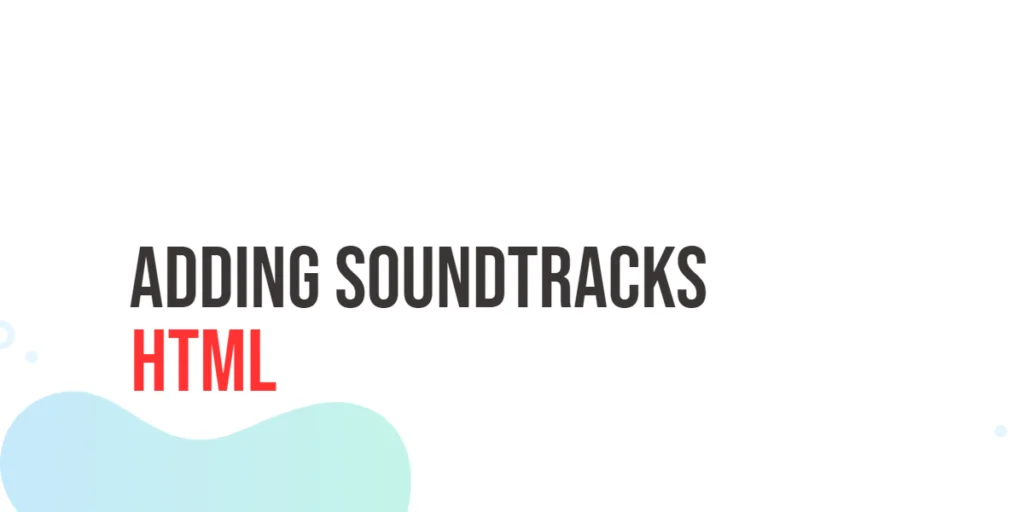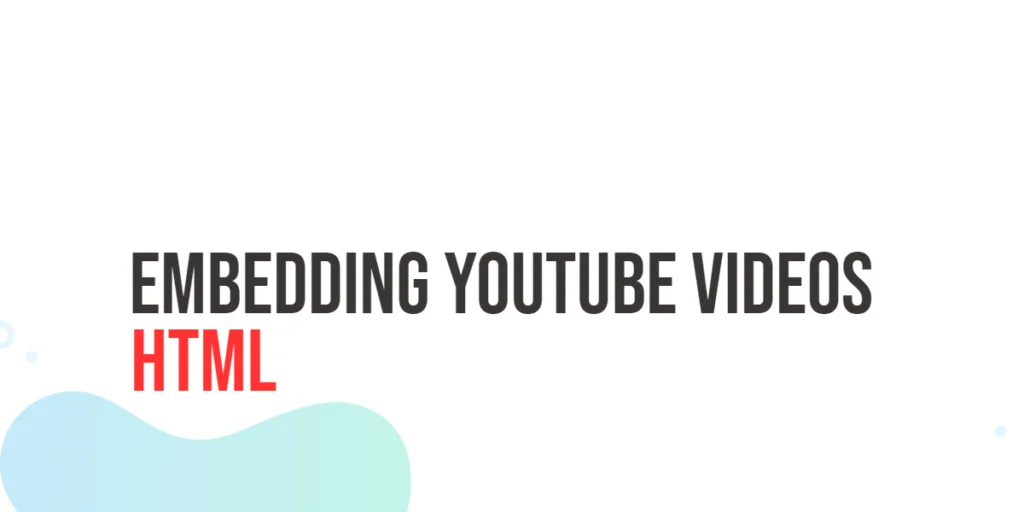CSS Selectors: Universal Selector
Imagine you’re redecorating your living room. You’ve got a bunch of furniture pieces, and you want to give them all a fresh coat of paint. But instead of painting each piece individually, wouldn’t it be easier if you could just splash a single color on everything at once? In the world of web design, the […]
CSS Selectors: Universal Selector Read More »
